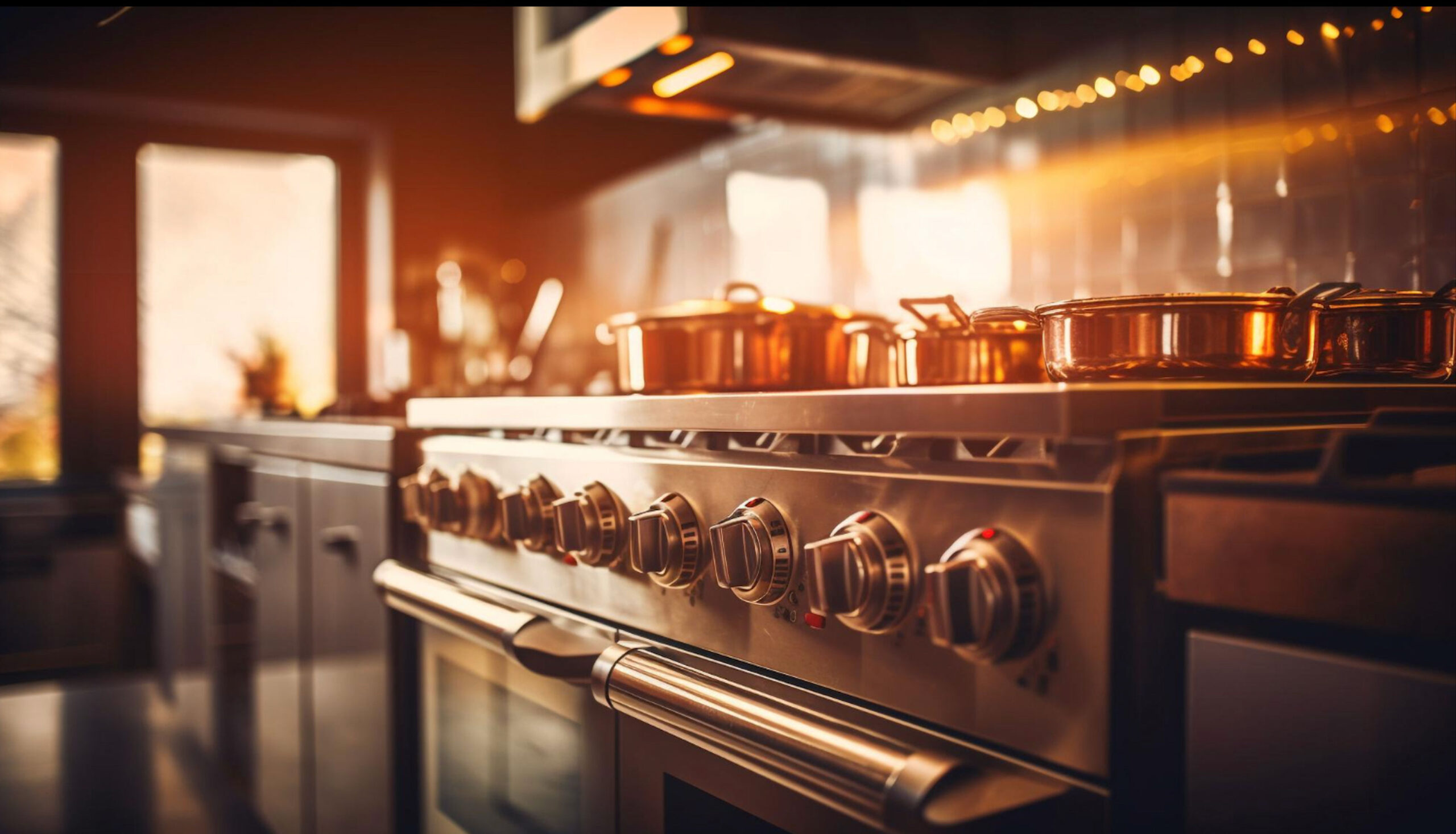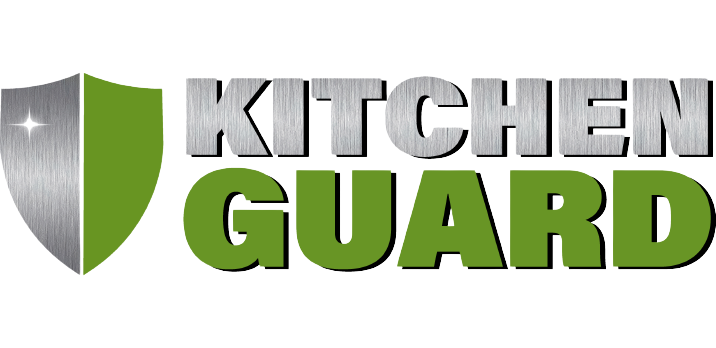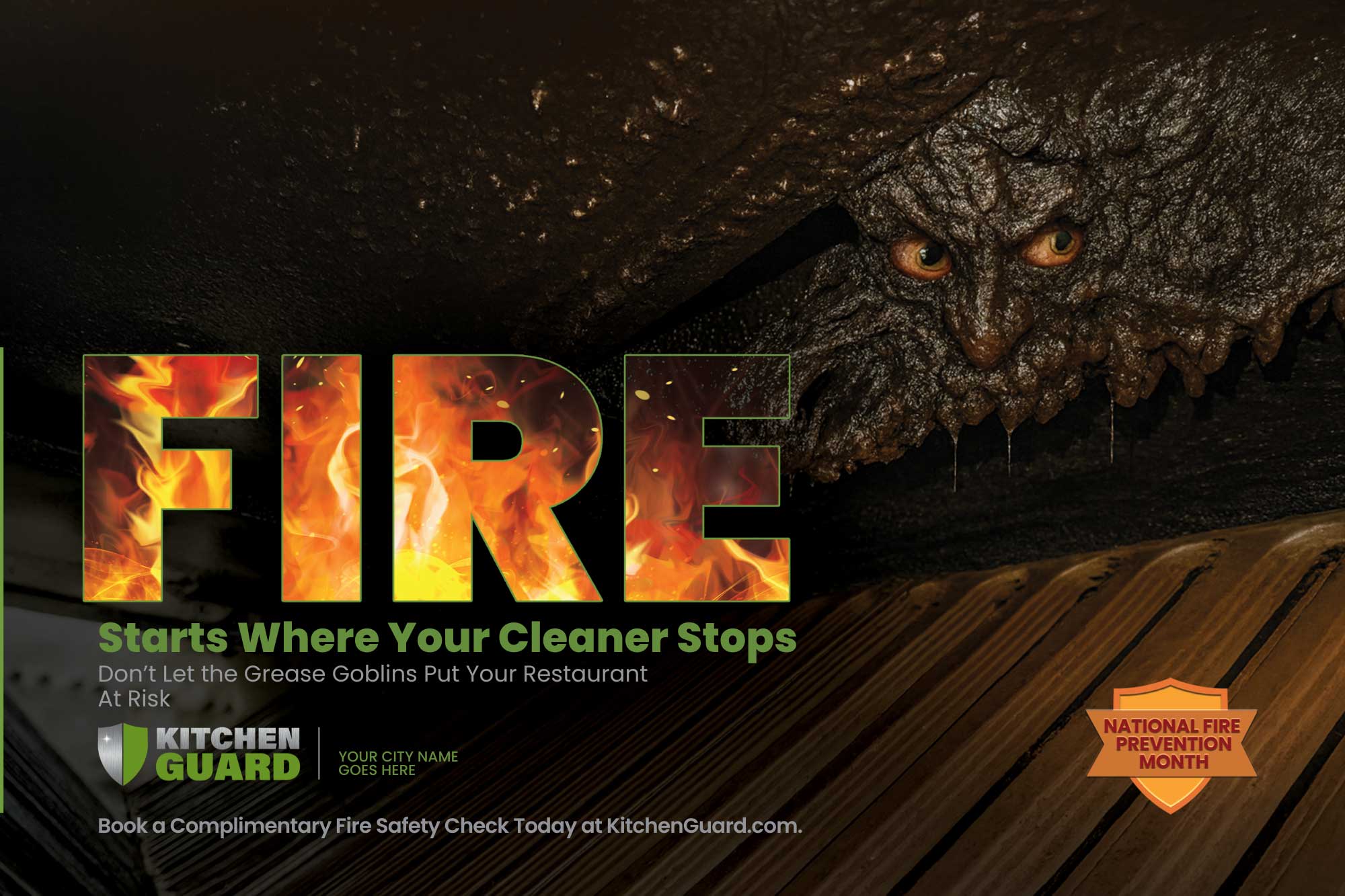The Grease You Can’t See Could Be the Fire You Didn’t Expect

Author: Molly Lombardo
Introduction
The Grease You Can’t See Could Be the Fire You Didn’t Expect
When you’re running a commercial kitchen, grease is just part of the day. You’ve got processes for cleaning your hood. You stay on top of inspections. You take safety seriously. But one of the biggest risks to your business isn’t inside your kitchen—it’s on your roof.
Every time your exhaust fan kicks on, it pulls smoke and grease vapors up and out. That’s the system doing its job. But what happens next—what happens up on that roof—is where a lot of operators get blindsided.
That’s why grease containment isn’t just a best practice. It’s a necessity. And it’s exactly the kind of problem Kitchen Guard is built to prevent.
What Makes Rooftop Grease So Dangerous?
Let’s start with the basics: Grease doesn’t evaporate. It condenses and collects—on the fan, under the unit, and across your roof.
Over time, that buildup becomes more than a nuisance. It becomes a liability:
• It’s flammable: One hot day or electrical fault, and you’re facing a rooftop fire.
• It’s destructive: Grease eats away at roof membranes and voids warranties.
• It’s non-compliant: NFPA 96 standards require rooftop grease containment.
• It’s costly: Runoff issues can lead to EPA fines and remediation fees.
What Is a Grease Containment System?
A grease containment system is exactly what it sounds like: a protective barrier between your exhaust fan and your roof.
It’s typically made up of:
• Absorbent pillows or pads
• Containment trays or boxes
• Drainage systems or catchment basins
The goal is simple—capture the grease before it can spread. But like any safety system, it only works when it’s properly installed and maintained.
Red Flags You Shouldn’t Ignore
If you’re not sure whether your system is working—or if you even have one—look for these signs:
• Visible grease stains or pooling around the fan
• Sticky or black residue on the roof deck
• Foul odors coming from rooftop units
• No absorbent material or tray beneath the fan
• Frequent leaks or roof repairs near your exhaust
Any one of these is a reason to act. All of them? That’s an urgent call.
This Is Why Kitchen Guard Exists
We’re not just here to clean a hood and disappear. Kitchen Guard was built to take a full-system approach to commercial kitchen safety—from the cookline to the rooftop.
Here’s how we help:
• We inspect your rooftop system during every scheduled service.
• We install containment solutions customized to your kitchen’s volume and needs.
• We replace absorbents regularly, so you’re never left unprotected.
• We document every visit, including photo evidence for compliance.
• We advise when it’s time to upgrade or replace any part of your system.
The end goal is simple: zero surprises. We want our partners focused on running their kitchens—not worrying about the condition of their roof.
Final Takeaway: Small System, Big Protection
Grease containment might not be the flashiest part of your fire prevention plan—but it’s one of the most important. And it’s often the one that gets overlooked… until it becomes a problem.
At Kitchen Guard, we’re here to make sure it doesn’t. Because when your reputation, safety, and investment are on the line, you need a partner who sees the whole picture.
Need a rooftop system check?
Let us take a look. One inspection today could prevent a very expensive call tomorrow



